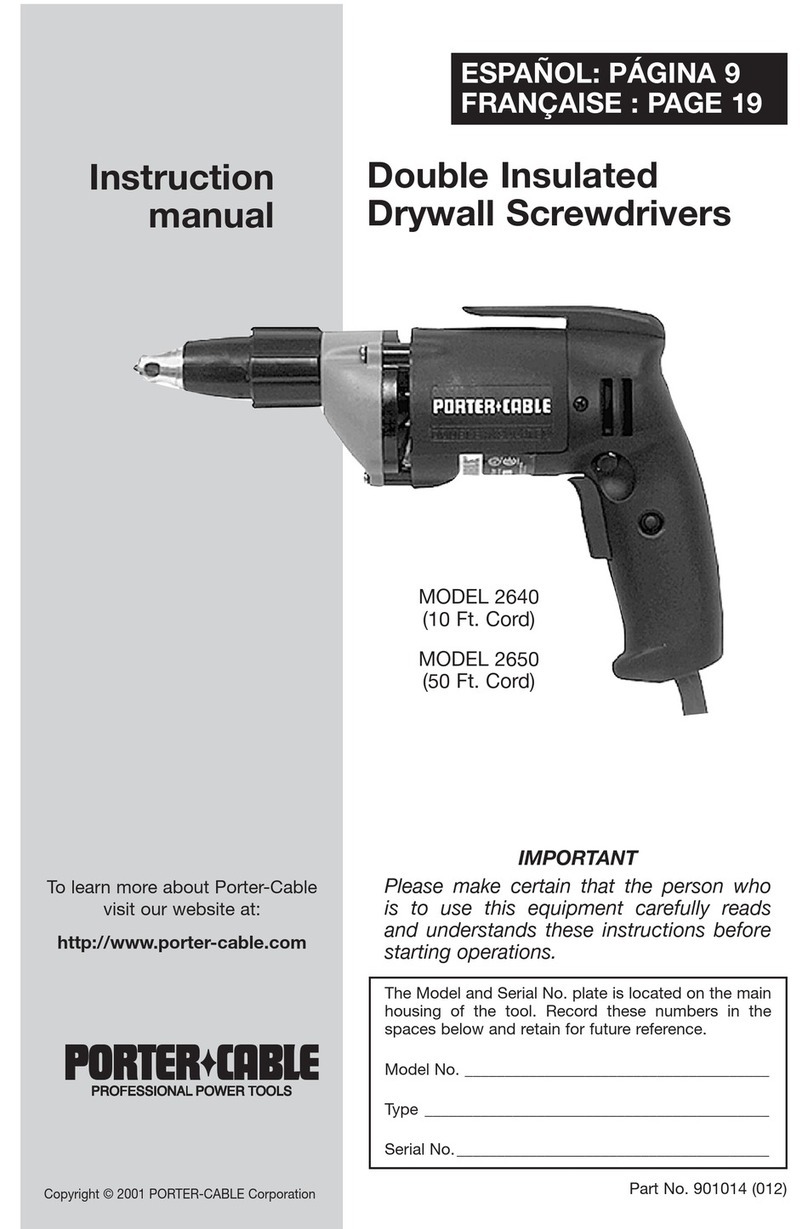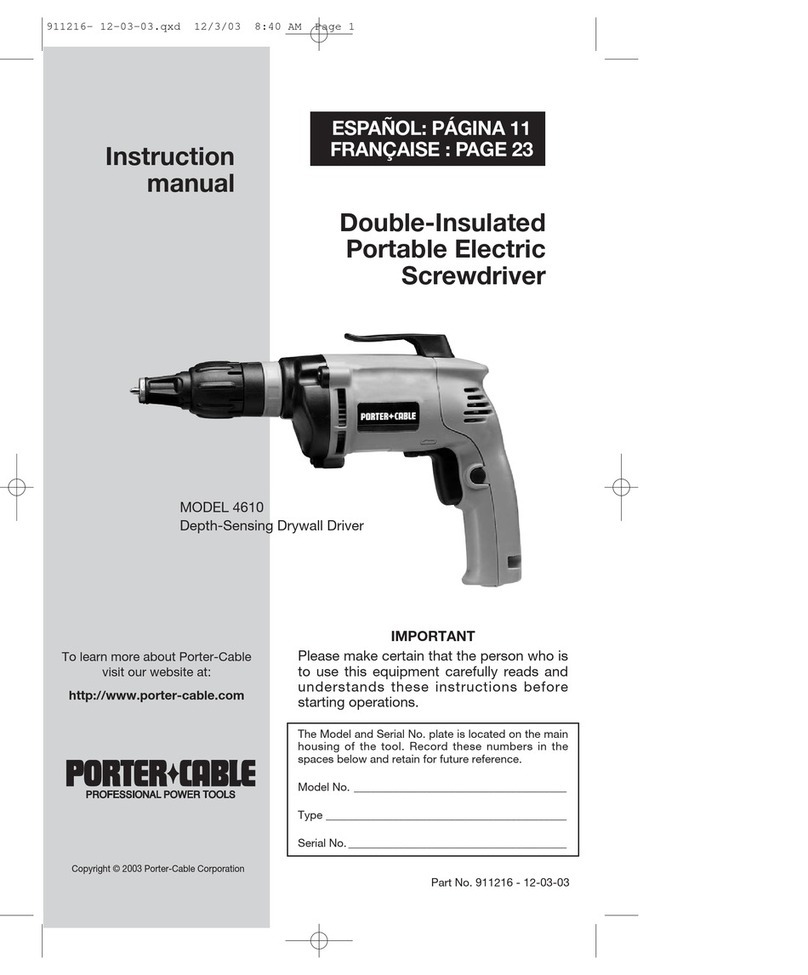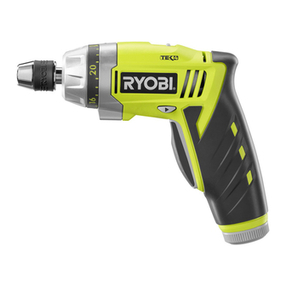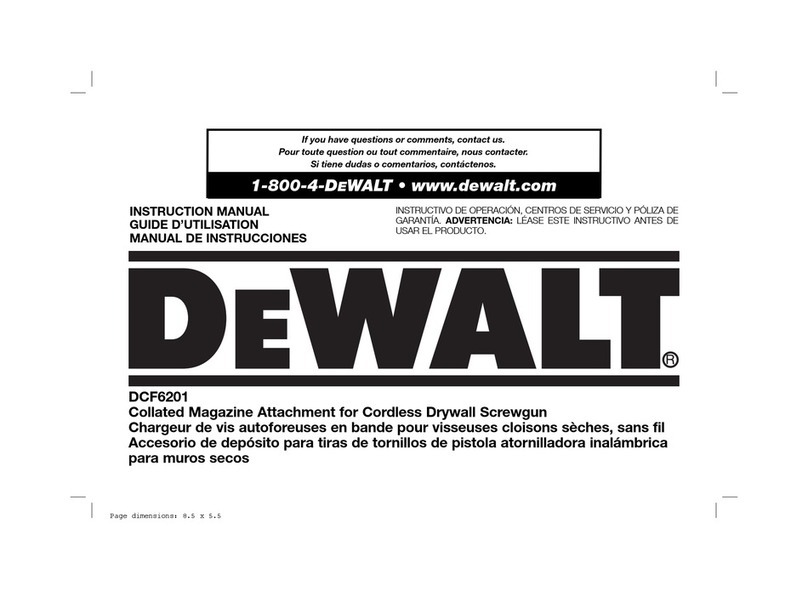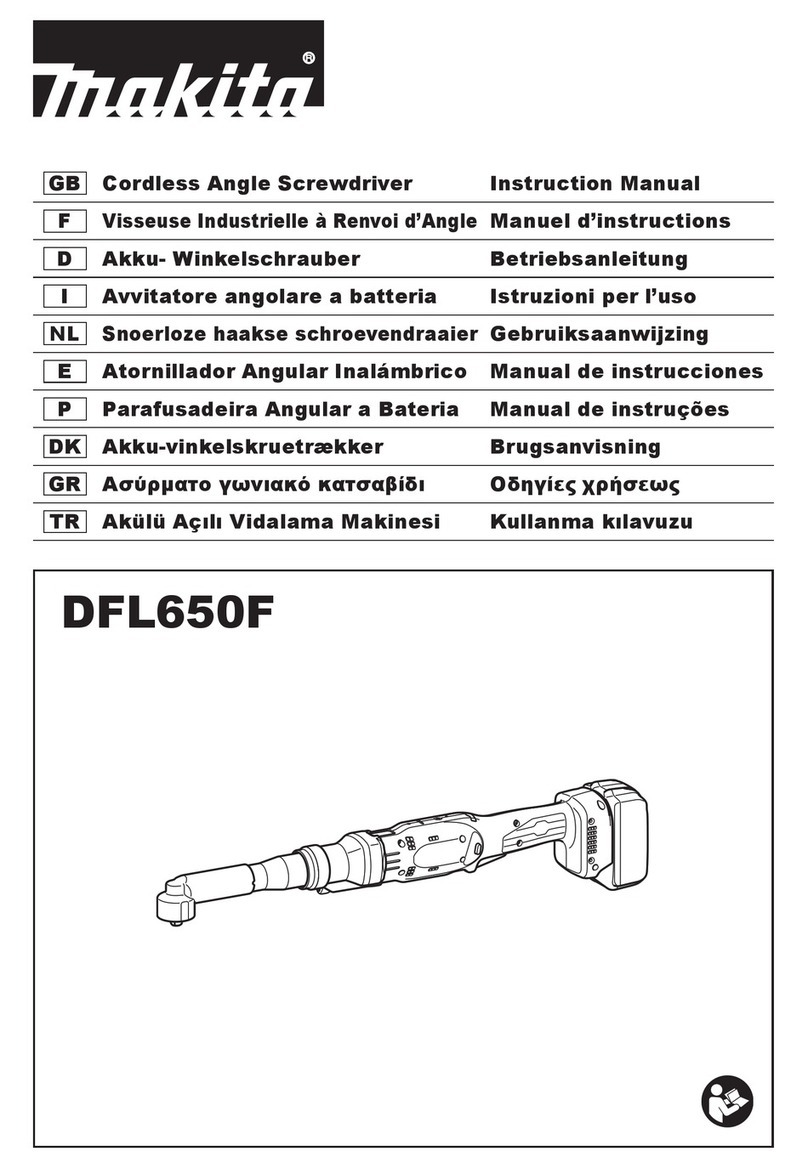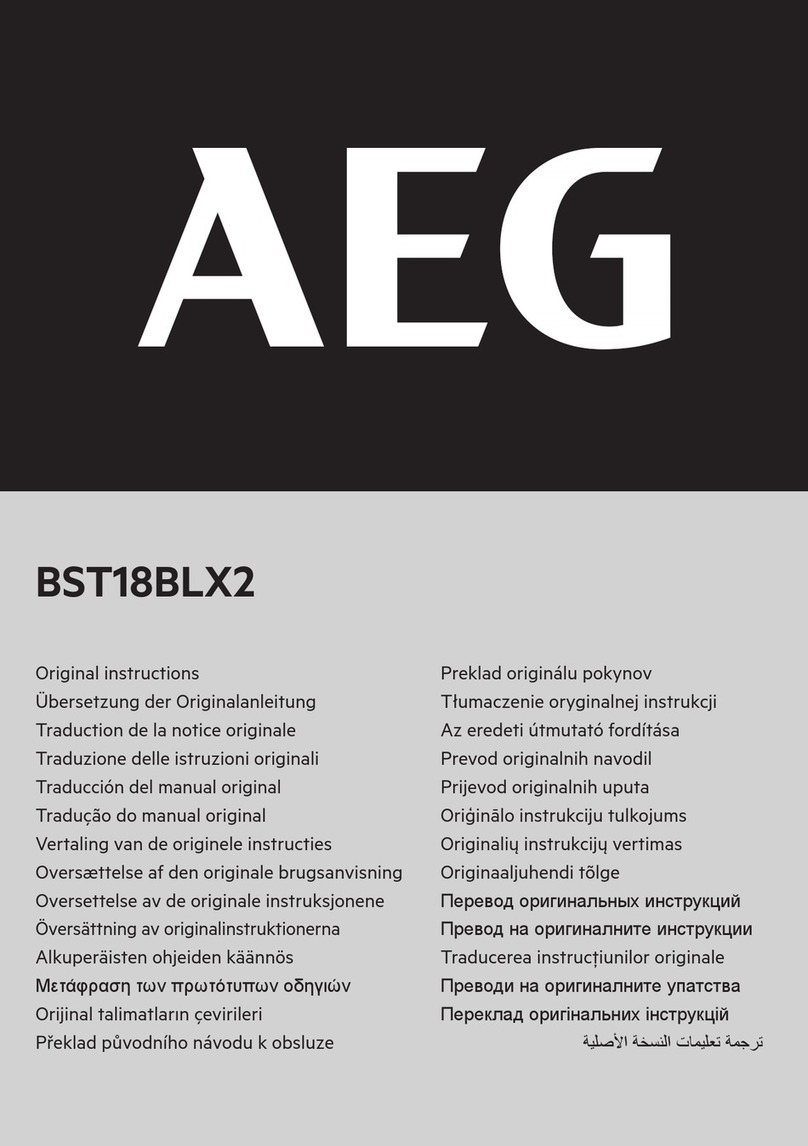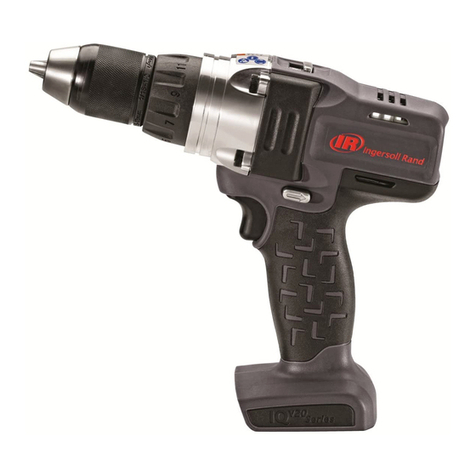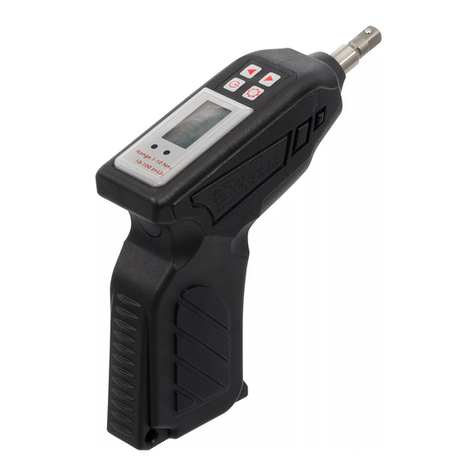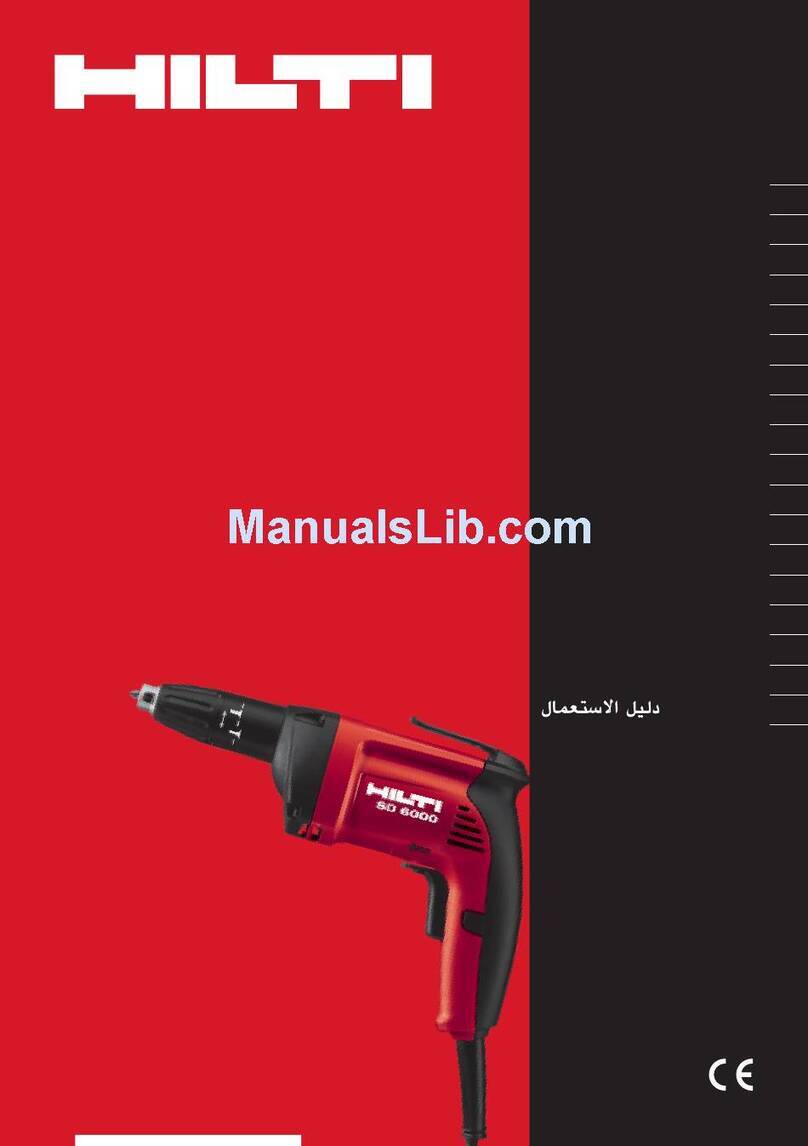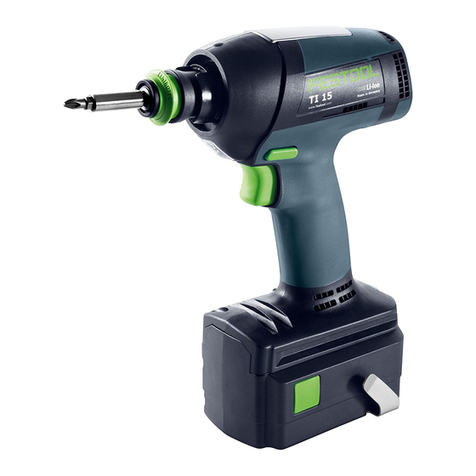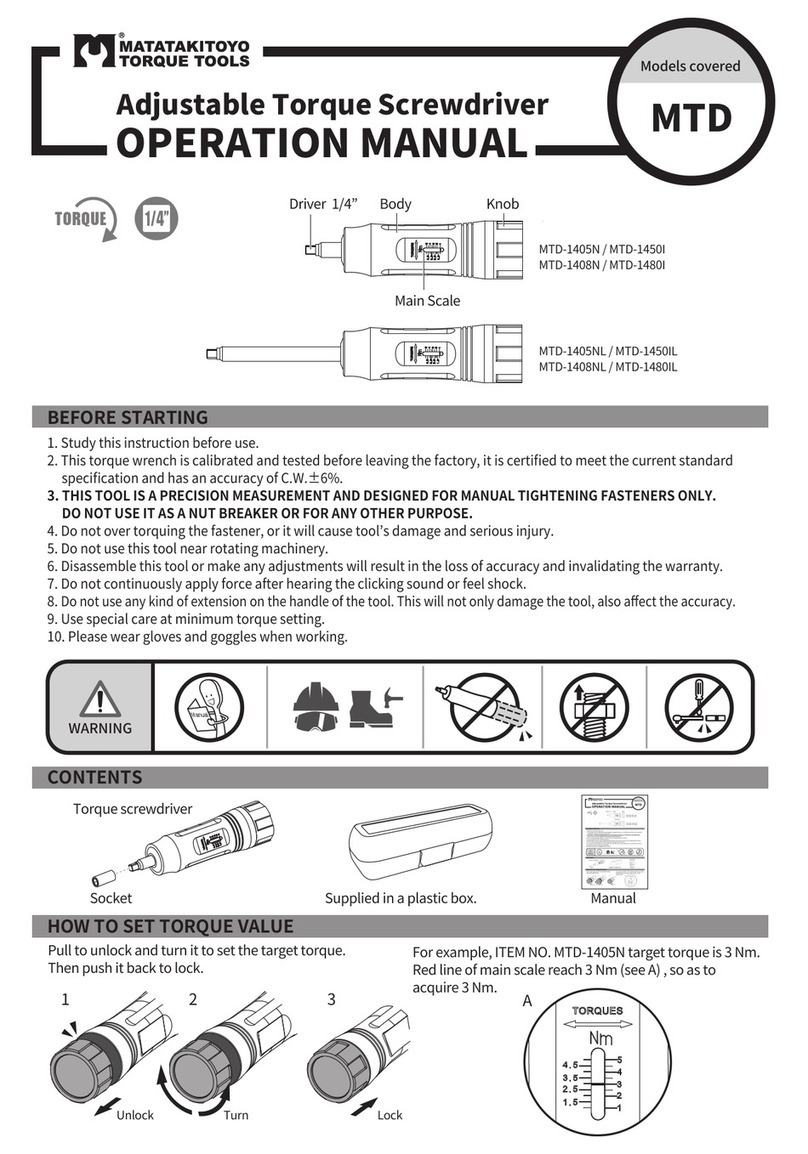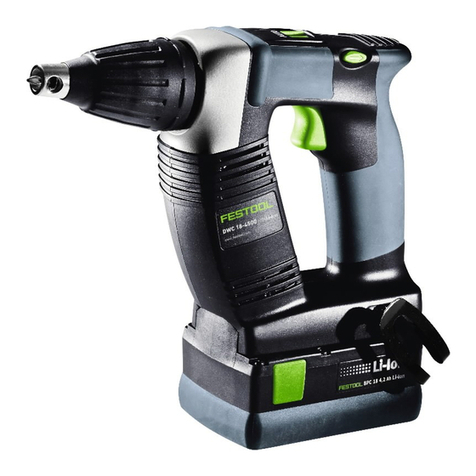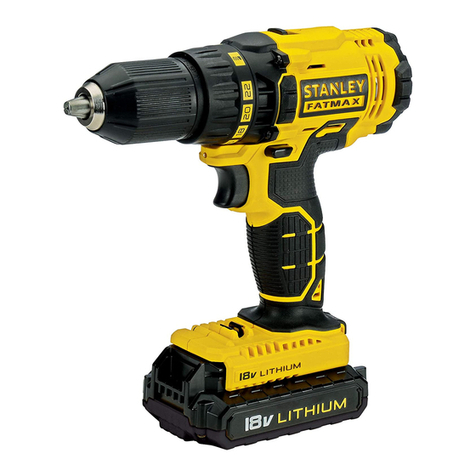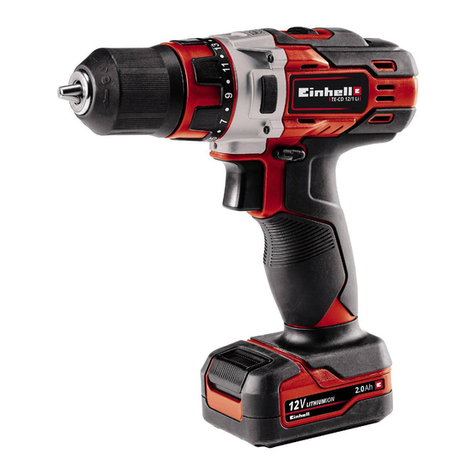
6
WARNING:
•DO NOT attempt to charge the battery pack with any chargers other than the ones
in this manual. The charger and battery pack are specifically designed to work together.
•These chargers are not intended for any uses other than charging designated
PORTER-CABLE rechargeable batteries. Any other uses may result in risk of fire,
electric shock or electrocution.
•Do not expose charger to rain or snow.
•Pull by plug rather than cord when disconnecting charger. This will reduce risk of
damage to electric plug and cord.
•Make sure that cord is located so that it will not be stepped on, tripped over, or
otherwise subjected to damage or stress.
•Do not use an extension cord unless it is absolutely necessary. Use of improper
extension cord could result in risk of fire, electric shock, or electrocution.
•An extension cord must have adequate wire size (AWG or American Wire Gauge)
for safety. The smaller the gauge number of the wire, the greater the capacity of the
cable, that is 16 gauge has more capacity than 18 gauge. When using more than one
extension to make up the total length, be sure each individual extension contains at
least the minimum wire size.
•Do not place any object on top of charger or place the charger on a soft surface
that might block the ventilation slots and result in excessive internal heat. Place
the charger in a position away from any heat source. The charger is ventilated
through slots in the top and the bottom of the housing.
•Do not mount charger on wall or permanently affix charger to any surface. The
charger is intended to use on a flat, stable surface (i.e., table top, bench top).
•Do not operate charger with damaged cord or plug — have them replaced immediately.
•Do not operate charger if it has received a sharp blow,been dropped, or
otherwise damaged in any way.Take it to an authorized service center.
•Do not disassemble charger; take it to an authorized service center when service or
repair is required. Incorrect reassembly may result in a risk of electric shock,
electrocution or fire.
•Disconnect the charger from the outlet before attempting any cleaning. This will
reduce the risk of electric shock. Removing the battery pack will not reduce this risk.
•NEVER attempt to connect 2 chargers together.
•The charger is designed to operate on standard household electrical power (120
Volts). Do not attempt to use it on any other voltage.
SAVE THESE INSTRUCTIONS
Important Safety Instruction for Battery Packs
WARNING: For safe operation, read this manual and manuals originally supplied
with tool before using the charger.
The battery pack is not fully charged out of the carton. Before using the battery pack
and charger, read the safety instructions below. Then follow charging procedures outlined.
READ ALL INSTRUCTIONS
•Do not incinerate the battery pack even if it is severely damaged or is completely
worn out. The battery pack can explode in a fire. Toxic fumes and materials are
created when Li-Ion battery packs are burned.
•Do not charge or use battery in explosive atmospheres, such as in the presence of
flammable liquids, gases or dust. Inserting or removing the battery from the charger
may ignite the dust or fumes.
•If battery contents come into contact with the skin, immediately wash area with
mild soap and water.If battery liquid gets into the eye, rinse water over the open eye for
15 minutes or until irritation ceases. If medical attention is needed, the battery electrolyte
for Li-Ion batteries is composed of a mixture of liquid organic carbonates and lithium
salts. For NI-CD batteries it is a 25-35% solution of potassium hydroxide.
•Contents of opened battery cells may cause respiratory irritation. Provide fresh air.
If symptoms persist, seek medical attention.
WARNING: Burn hazard. Batteryliquid may beflammable if exposed tospark or flame.
•Charge the battery packs only in PORTER-CABLE chargers.

